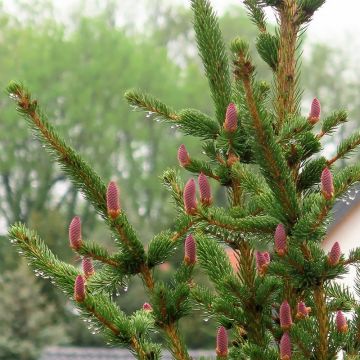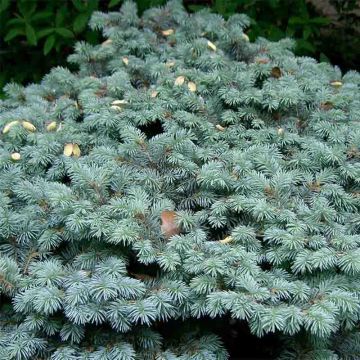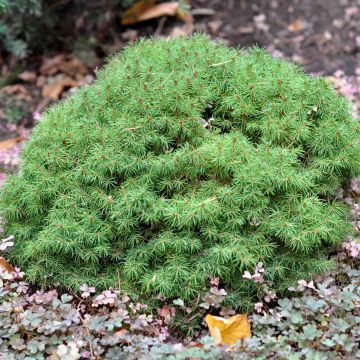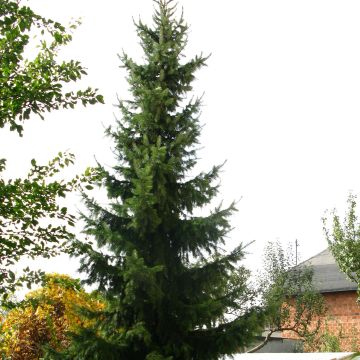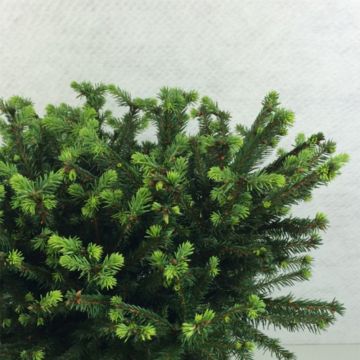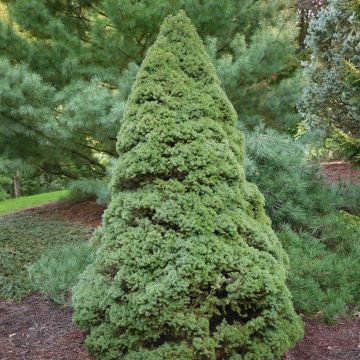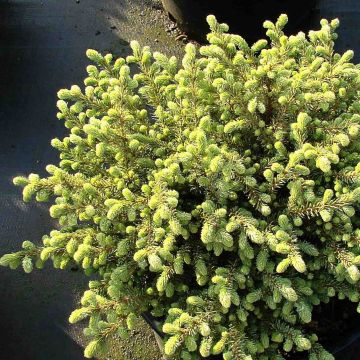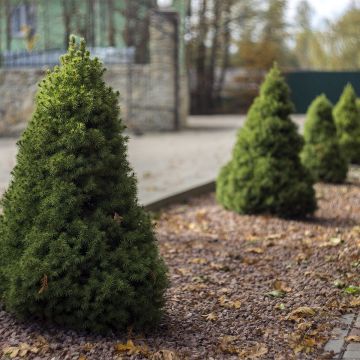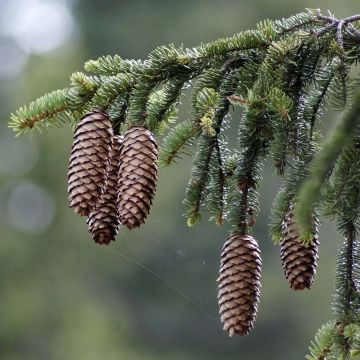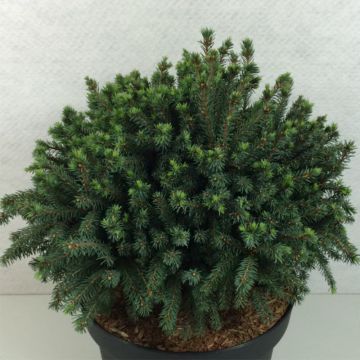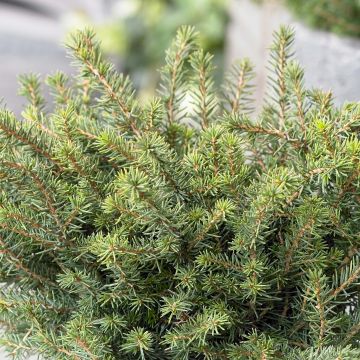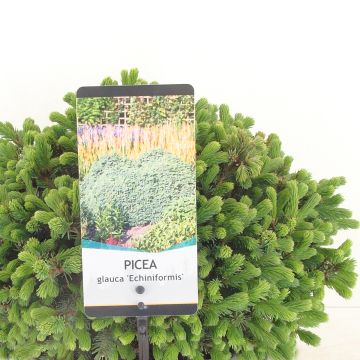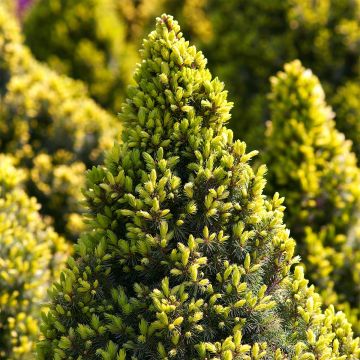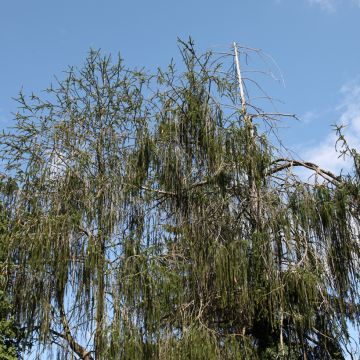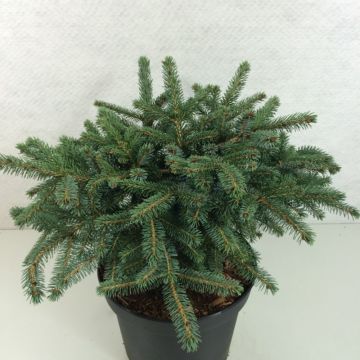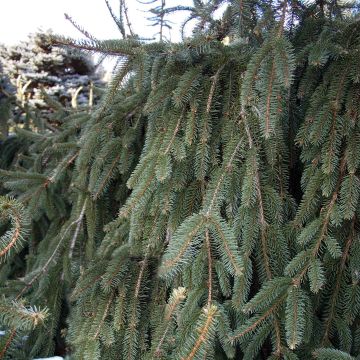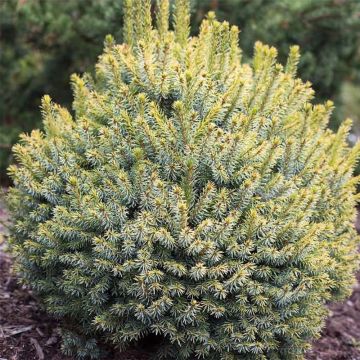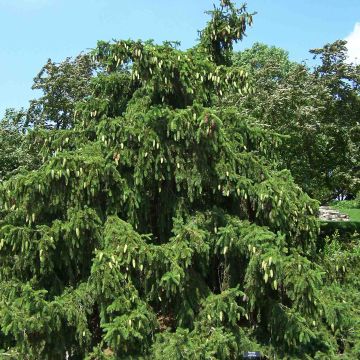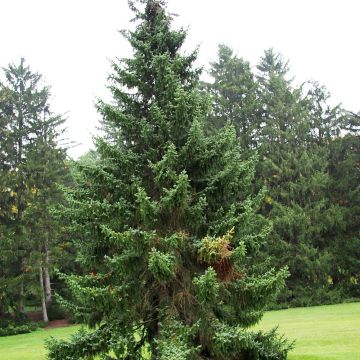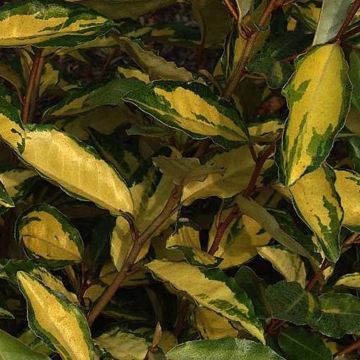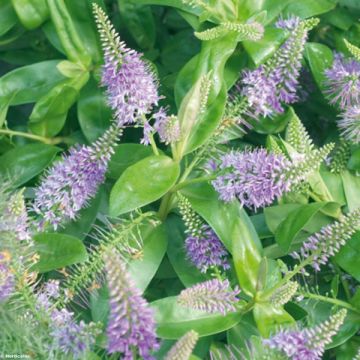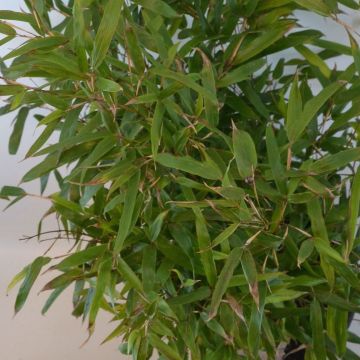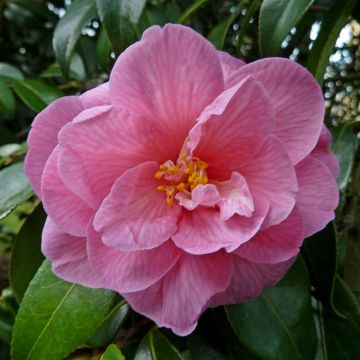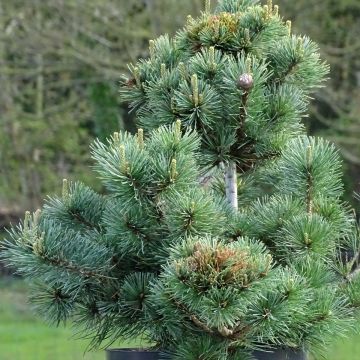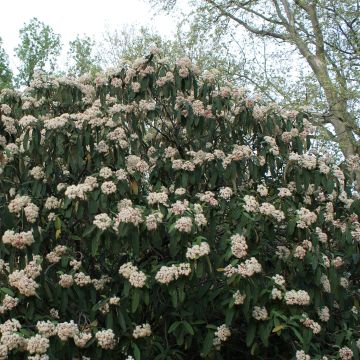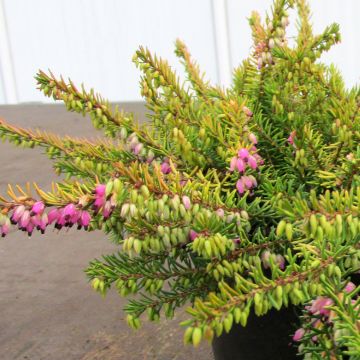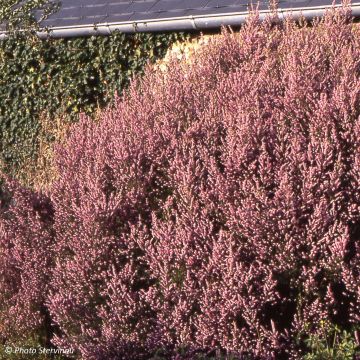Shipping country and language
Your country of residence may be:
Your country of residence is:
For a better user experience on our website, you can select:
Your shipping country:
Andorra
Austria
Belgium
Bulgaria
Canada
Chile
Croatia
Cyprus
Czechia
Denmark
Estonia
Finland
France
Germany
Greece
Hungary
Iceland
Ireland
Italy
Latvia
Lithuania
Luxembourg
Malta
Monaco
Netherlands
Poland
Portugal
Romania
Slovakia
Slovenia
Spain
Sweden
Switzerland
United Kingdom
We only deliver seed and bulb products to your country. If you add other products to your basket, they cannot be shipped.
Language:
French
German
Spanish
English
My Account
Hello
My wish lists
Plantfit
Log in / Register
Existing customer?
New customer?
Create an account to track your orders, access our customer service and, if you wish, make the most of our upcoming offers.
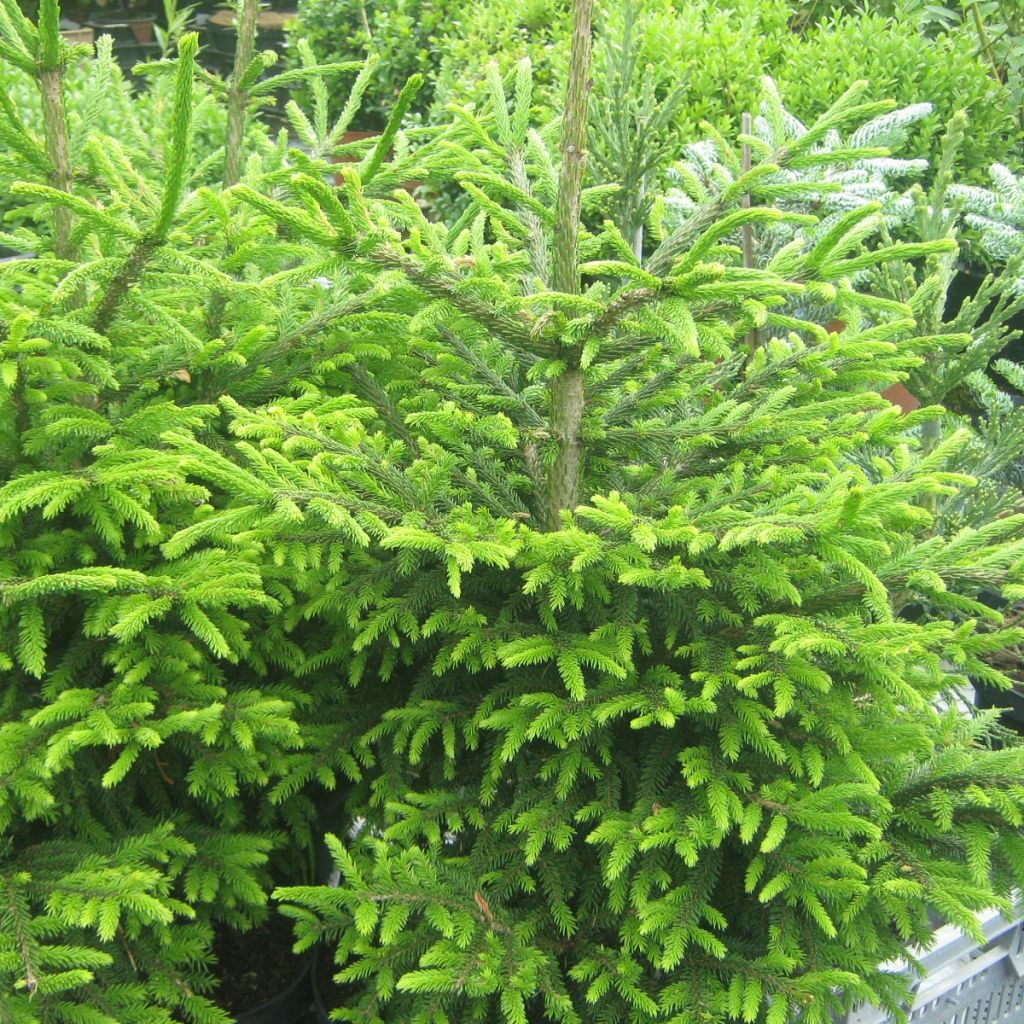

Picea orientalis Kenwith - Sapinette d'Orient
Picea orientalis Kenwith - Caucasian Spruce
Picea orientalis Kenwith
Caucasian Spruce, Oriental Spruce
Why not try an alternative variety in stock?
View all →Order in the next for dispatch today!
Dispatch by letter from €3.90.
Delivery charge from €5.90 Oversize package delivery charge from €6.90.
More information
This item is not available in your country.
Schedule delivery date,
and select date in basket
This plant carries a 24 months recovery warranty
More information
We guarantee the quality of our plants for a full growing cycle, and will replace at our expense any plant that fails to recover under normal climatic and planting conditions.
From €5.90 for pickup delivery and €6.90 for home delivery
Express home delivery from €8.90.
Does this plant fit my garden?
Set up your Plantfit profile →
Description
Picea orientalis 'Kenwith' is a dwarf variety of Oriental spruce. It slowly forms a small bush with a slightly irregular and very compact conical habit, covered with very dense, shiny green foliage made up of very short needles. Its dark silhouette comes to life in winter with chamois buds, which release bright light green young shoots in spring. Its very slow growth makes it an ideal candidate for small spaces, large rockeries, and terrace containers. It is a stout, very hardy, highly adaptable small conifer that requires little maintenance. It is happy with any well-drained soil, not too dry, and a sunny exposure.
Picea orientalis, also known as Oriental spruce, is an evergreen conifer in the Pinaceae family, native to northeastern Turkey and the Caucasus. In its natural habitat, this large pyramidal tree reaching 30m (98ft) in height grows both in the humus-rich soil of mixed or evergreen forests and on the rocky slopes of the Black Sea coast.
'Kenwith' is a cultivar derived from this species, with a slightly irregular and rounded conical silhouette that resembles a slightly unkempt and very bushy, covered with dark and shiny foliage. Its growth is slow, around 2 to 4cm (1 to 2in) per year. It will reach a height of 40cm (16in) and a width of 30cm (12in) in 10 years, and at maturity will become a small bush 2m (7ft) tall and 1.5m (5ft) wide. In spring, it produces young shoots of tender green at the ends of its upright, rather short and very tightly spaced branches. Over time, they darken but retain a shiny appearance. They are covered with very short needles, which have a diamond-shaped cross-section. They are shiny, arranged radially and very densely around the branches. They are shiny dark green on the top and have 2 very discreet white bands on the underside.
The 'Kenwith' Oriental Spruce is a true dwarf conifer that will find its place in all gardens, even the smallest. With its ease of cultivation, discreet presence, and very limited growth, it is a perfect plant for small spaces, large rockeries, and terraces. It thrives in many situations and adapts to various climates, as long as the soil it is planted in is well-drained. It will be adopted without hesitation on a large slope, among rocks, above a wall or a low wall, or near a swimming pool, as it blends well with geometric lines and masonry works. The graphical qualities of conifers naturally impose themselves in the design of a contemporary garden, which prefers the aesthetics of shapes, silhouettes, and textures over the dance of flowers. These plants with their reassuring permanence structurally define a flower bed, mark pathways, border the terrace, easily replacing the strong presence of trimmed boxwood or holly. They pair well with heathers, shrubby salvias, or ground cover plants such as aubrietas, Cerastes, as well as with light-flowered shrubs like gauras. The key is to play with volumes and colours.
Picea orientalis Kenwith - Caucasian Spruce in pictures
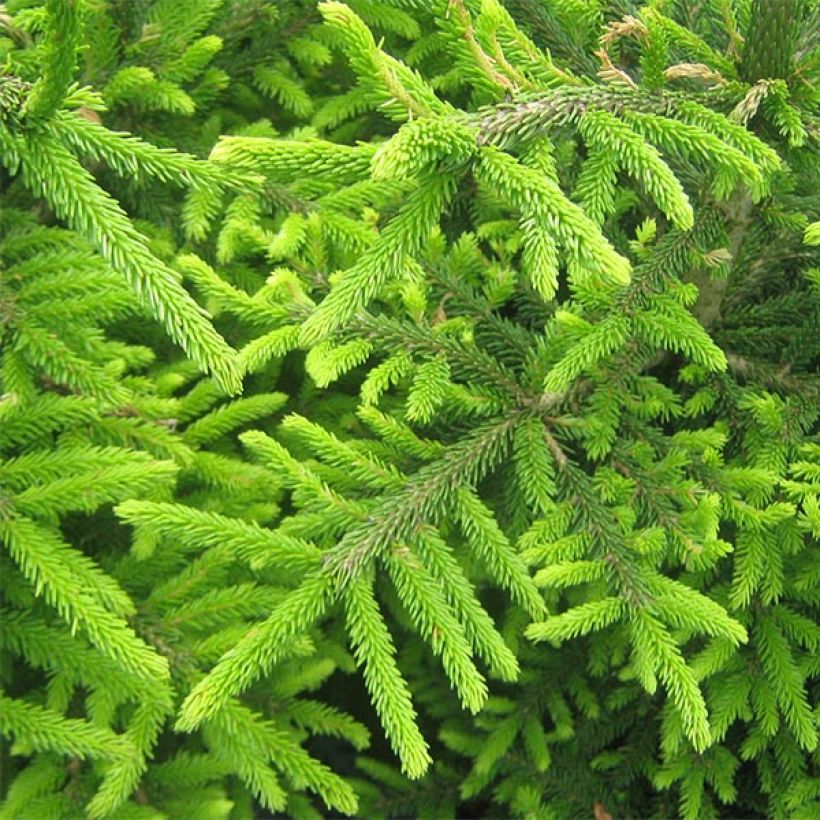

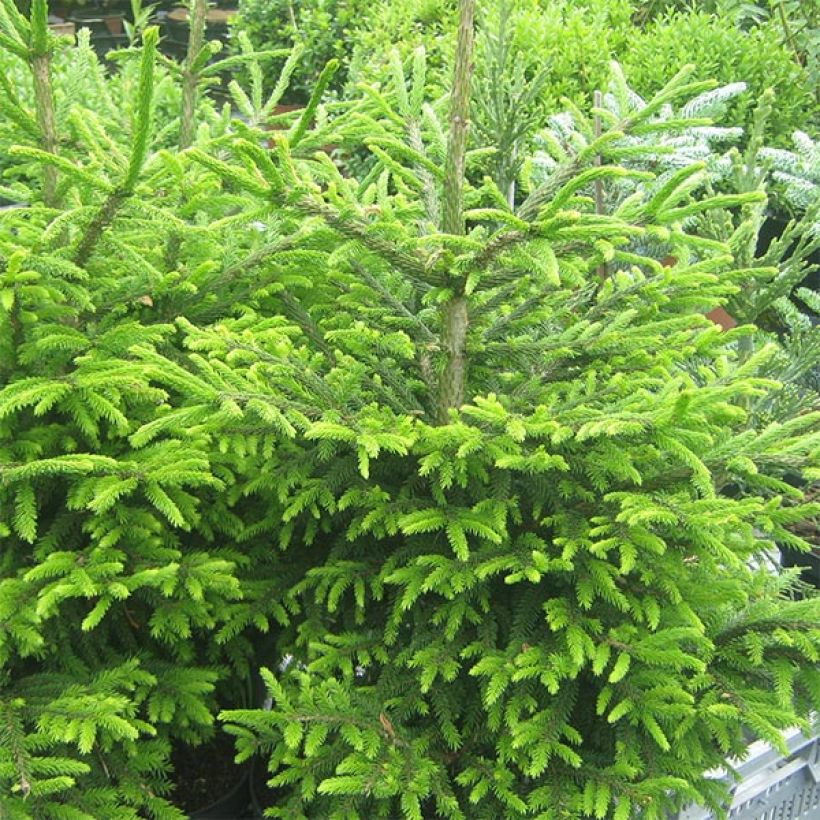

Plant habit
Flowering
Foliage
Botanical data
Picea
orientalis
Kenwith
Pinaceae
Caucasian Spruce, Oriental Spruce
Cultivar or hybrid
Other Picea
Planting and care
The 'Kenwith' Oriental Spruce (Picea orientalis) can be planted from September to November and from February to June in ordinary, well-drained soil, moist or dry, even poor, or slightly limestone and occasionally dry. However, it will grow faster in cool and slightly acidic soil. Sandy, humus-rich, or rocky soil will be perfectly suitable. Choose a sunny location or, at most, partially shaded. Soak the root balls well before planting. Optionally, add organic amendment to the planting hole in poor soil and water generously in the first years, especially during prolonged drought. If necessary, apply a special conifer fertilizer every year in April and cultivate the soil in summer. This very hardy conifer (down to at least -30°C (1°F)) is, however, wary of heavy soils that become waterlogged in winter. Pruning is usually not necessary.
Planting period
Intended location
Care
This item has not been reviewed yet - be the first to leave a review about it.
Evergreen shrubs
Haven't found what you were looking for?
Hardiness is the lowest winter temperature a plant can endure without suffering serious damage or even dying. However, hardiness is affected by location (a sheltered area, such as a patio), protection (winter cover) and soil type (hardiness is improved by well-drained soil).

Photo Sharing Terms & Conditions
In order to encourage gardeners to interact and share their experiences, Promesse de fleurs offers various media enabling content to be uploaded onto its Site - in particular via the ‘Photo sharing’ module.
The User agrees to refrain from:
- Posting any content that is illegal, prejudicial, insulting, racist, inciteful to hatred, revisionist, contrary to public decency, that infringes on privacy or on the privacy rights of third parties, in particular the publicity rights of persons and goods, intellectual property rights, or the right to privacy.
- Submitting content on behalf of a third party;
- Impersonate the identity of a third party and/or publish any personal information about a third party;
In general, the User undertakes to refrain from any unethical behaviour.
All Content (in particular text, comments, files, images, photos, videos, creative works, etc.), which may be subject to property or intellectual property rights, image or other private rights, shall remain the property of the User, subject to the limited rights granted by the terms of the licence granted by Promesse de fleurs as stated below. Users are at liberty to publish or not to publish such Content on the Site, notably via the ‘Photo Sharing’ facility, and accept that this Content shall be made public and freely accessible, notably on the Internet.
Users further acknowledge, undertake to have ,and guarantee that they hold all necessary rights and permissions to publish such material on the Site, in particular with regard to the legislation in force pertaining to any privacy, property, intellectual property, image, or contractual rights, or rights of any other nature. By publishing such Content on the Site, Users acknowledge accepting full liability as publishers of the Content within the meaning of the law, and grant Promesse de fleurs, free of charge, an inclusive, worldwide licence for the said Content for the entire duration of its publication, including all reproduction, representation, up/downloading, displaying, performing, transmission, and storage rights.
Users also grant permission for their name to be linked to the Content and accept that this link may not always be made available.
By engaging in posting material, Users consent to their Content becoming automatically accessible on the Internet, in particular on other sites and/or blogs and/or web pages of the Promesse de fleurs site, including in particular social pages and the Promesse de fleurs catalogue.
Users may secure the removal of entrusted content free of charge by issuing a simple request via our contact form.
The flowering period indicated on our website applies to countries and regions located in USDA zone 8 (France, the United Kingdom, Ireland, the Netherlands, etc.)
It will vary according to where you live:
- In zones 9 to 10 (Italy, Spain, Greece, etc.), flowering will occur about 2 to 4 weeks earlier.
- In zones 6 to 7 (Germany, Poland, Slovenia, and lower mountainous regions), flowering will be delayed by 2 to 3 weeks.
- In zone 5 (Central Europe, Scandinavia), blooming will be delayed by 3 to 5 weeks.
In temperate climates, pruning of spring-flowering shrubs (forsythia, spireas, etc.) should be done just after flowering.
Pruning of summer-flowering shrubs (Indian Lilac, Perovskia, etc.) can be done in winter or spring.
In cold regions as well as with frost-sensitive plants, avoid pruning too early when severe frosts may still occur.
The planting period indicated on our website applies to countries and regions located in USDA zone 8 (France, United Kingdom, Ireland, Netherlands).
It will vary according to where you live:
- In Mediterranean zones (Marseille, Madrid, Milan, etc.), autumn and winter are the best planting periods.
- In continental zones (Strasbourg, Munich, Vienna, etc.), delay planting by 2 to 3 weeks in spring and bring it forward by 2 to 4 weeks in autumn.
- In mountainous regions (the Alps, Pyrenees, Carpathians, etc.), it is best to plant in late spring (May-June) or late summer (August-September).
The harvesting period indicated on our website applies to countries and regions in USDA zone 8 (France, England, Ireland, the Netherlands).
In colder areas (Scandinavia, Poland, Austria...) fruit and vegetable harvests are likely to be delayed by 3-4 weeks.
In warmer areas (Italy, Spain, Greece, etc.), harvesting will probably take place earlier, depending on weather conditions.
The sowing periods indicated on our website apply to countries and regions within USDA Zone 8 (France, UK, Ireland, Netherlands).
In colder areas (Scandinavia, Poland, Austria...), delay any outdoor sowing by 3-4 weeks, or sow under glass.
In warmer climes (Italy, Spain, Greece, etc.), bring outdoor sowing forward by a few weeks.
